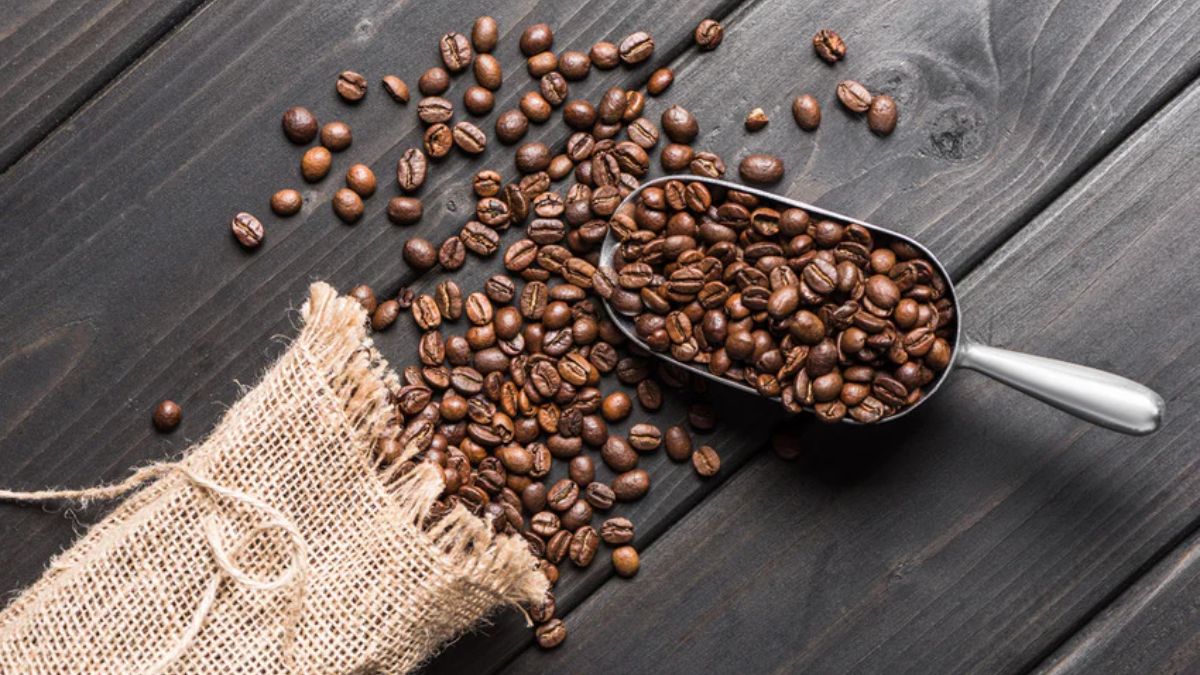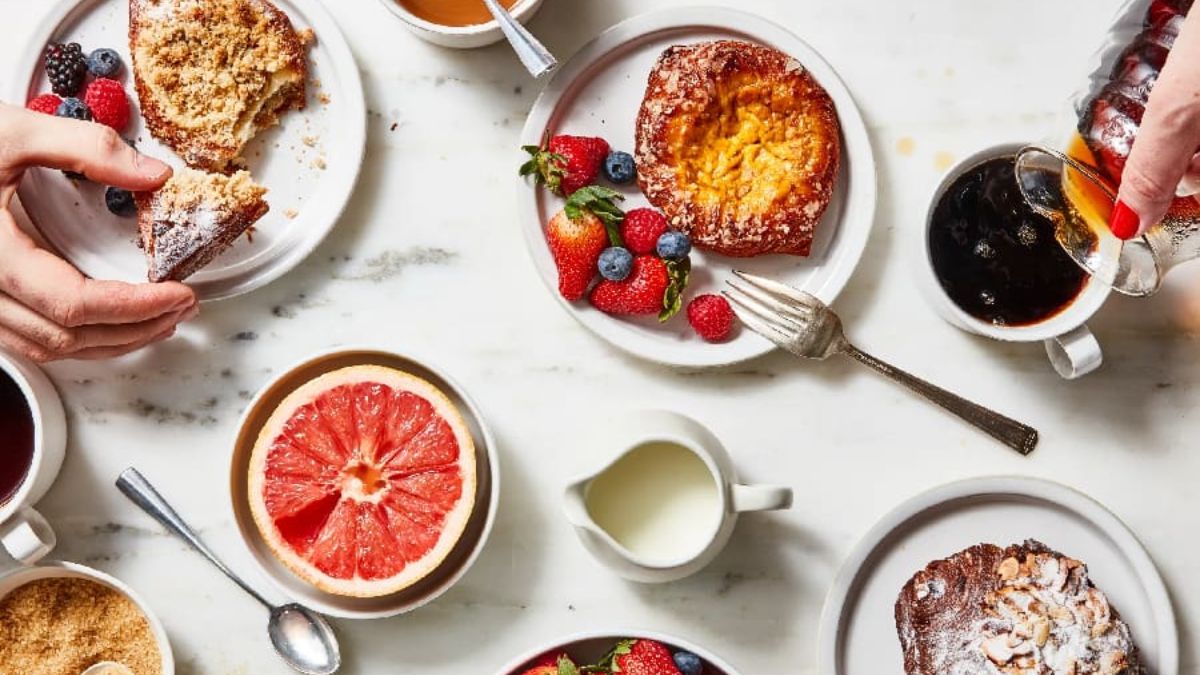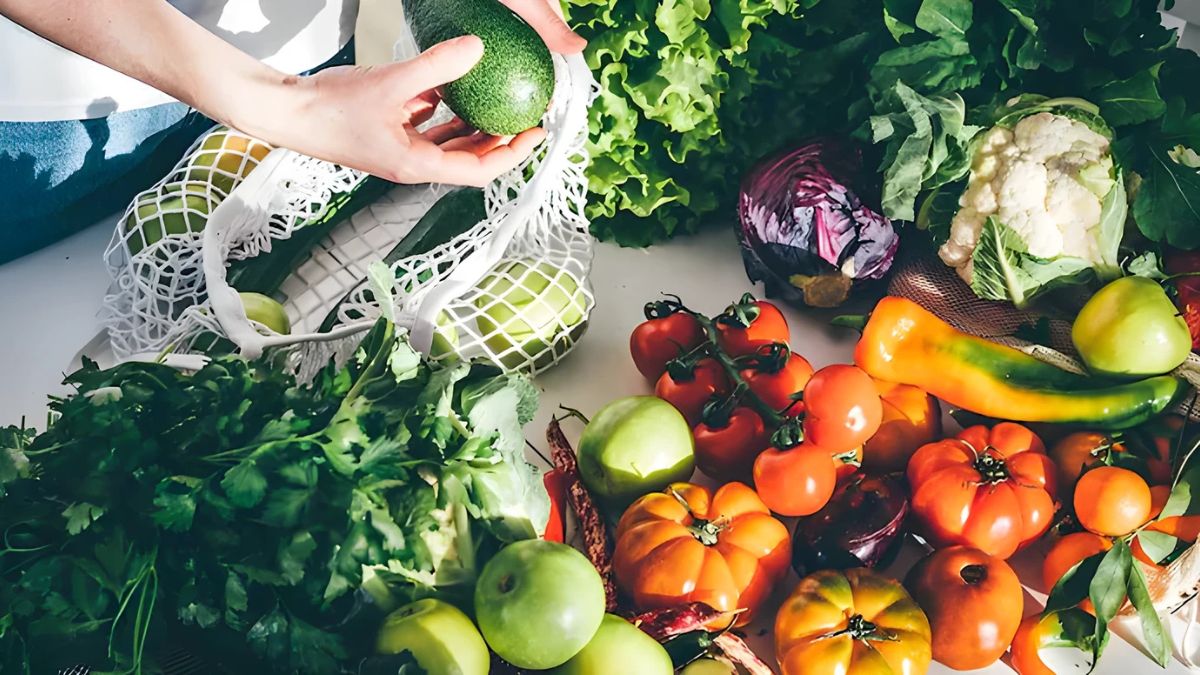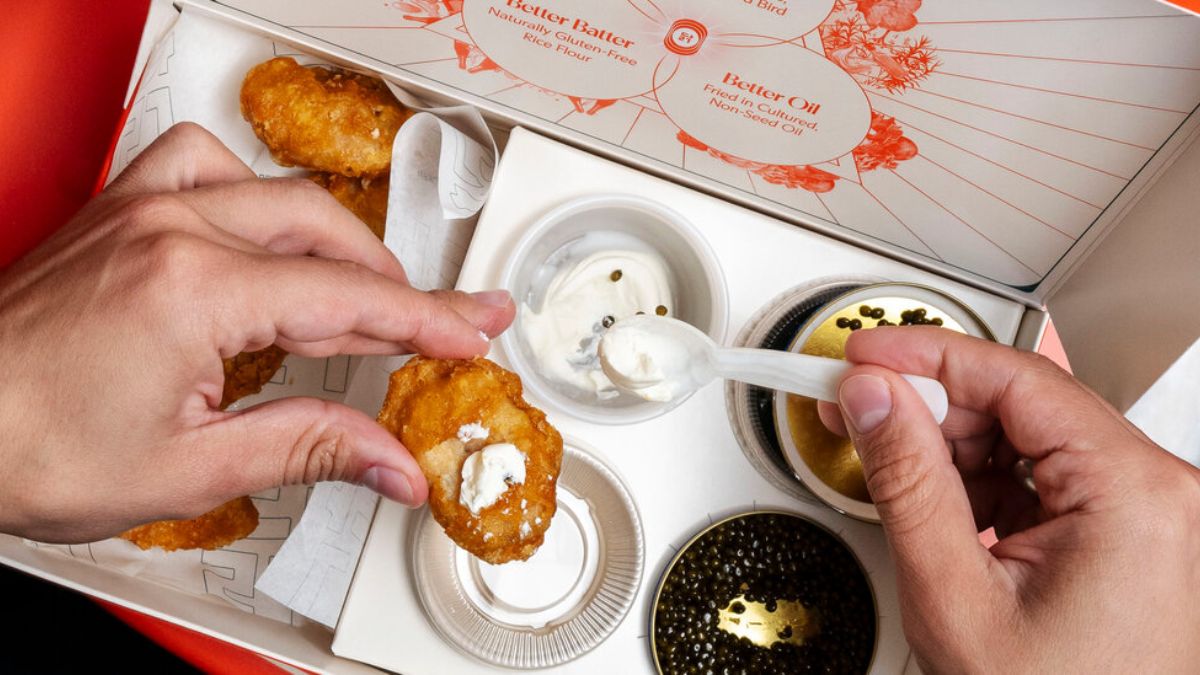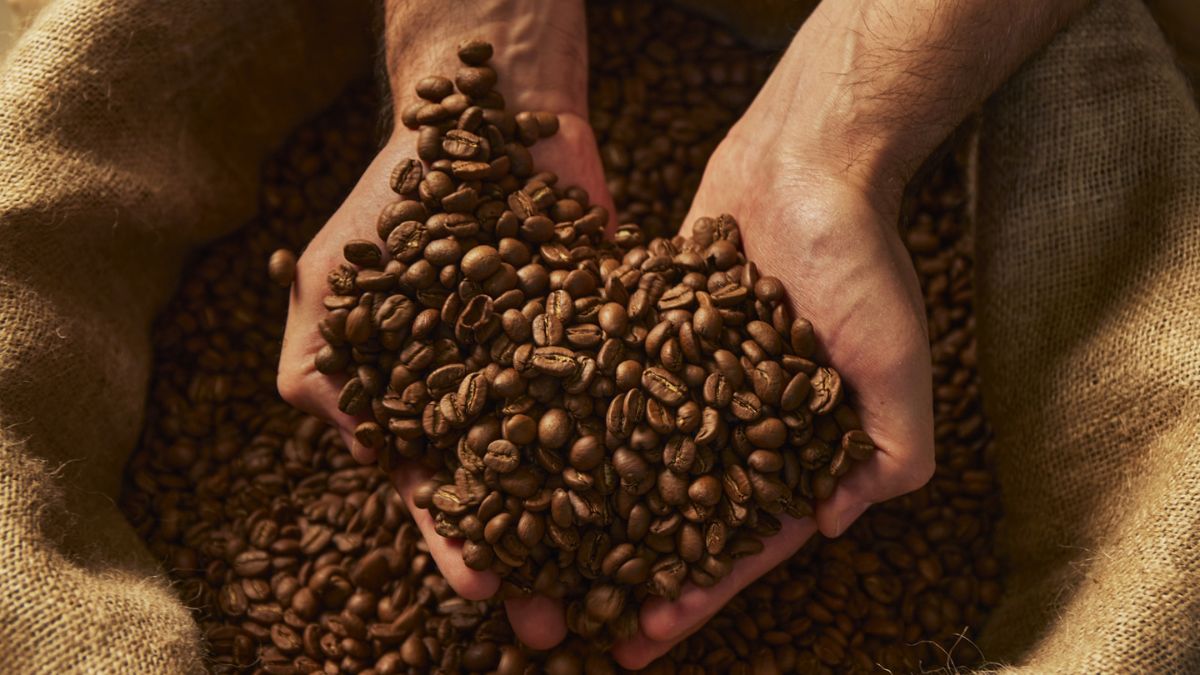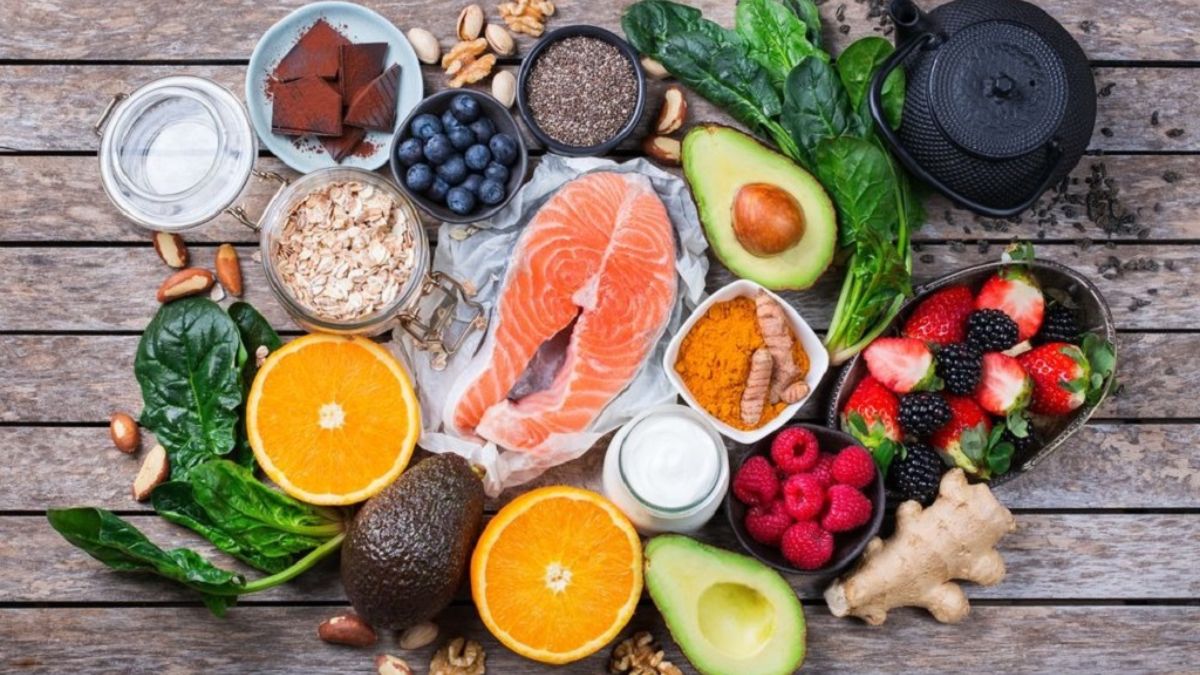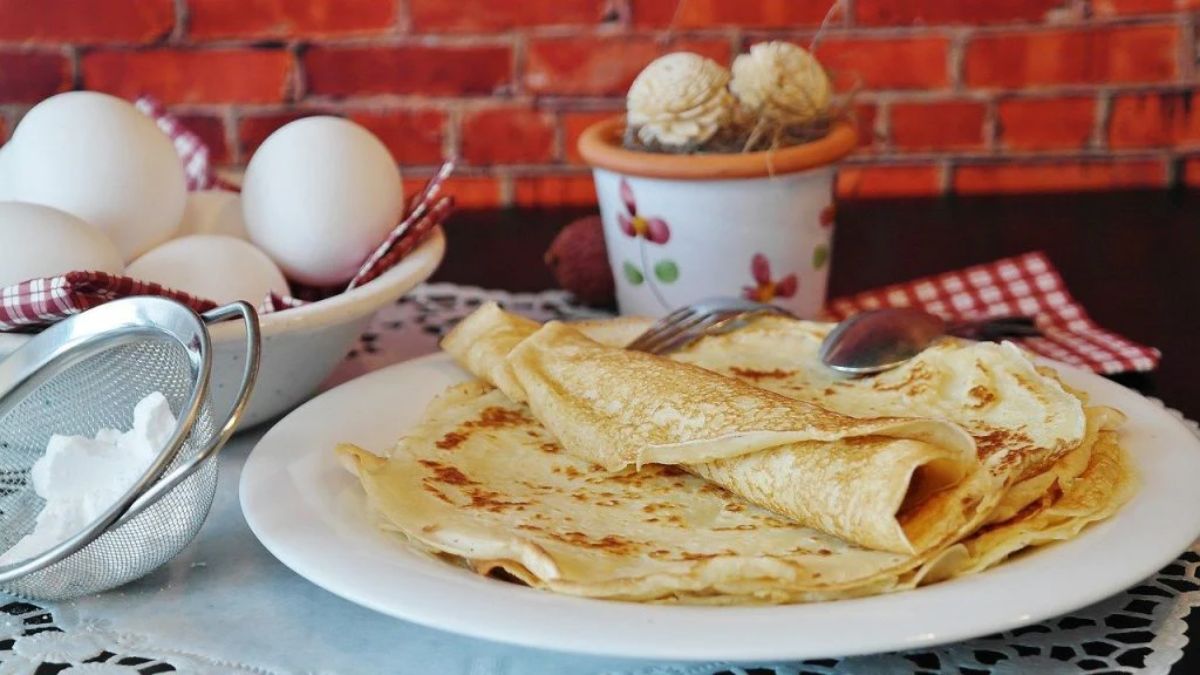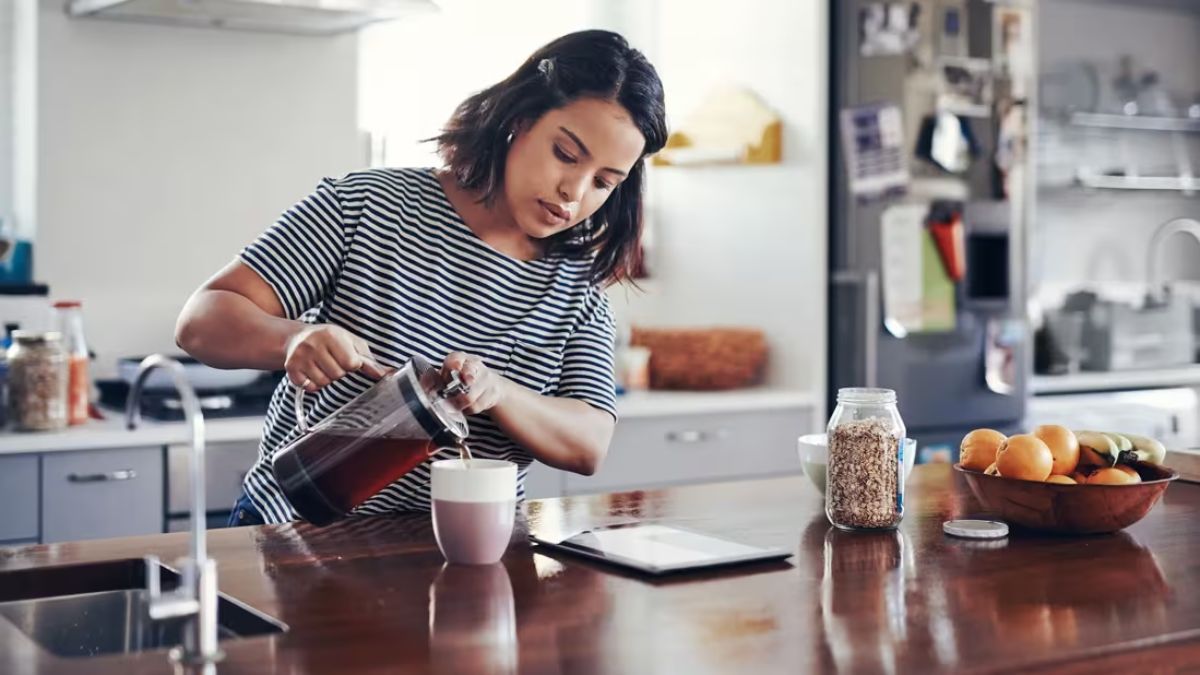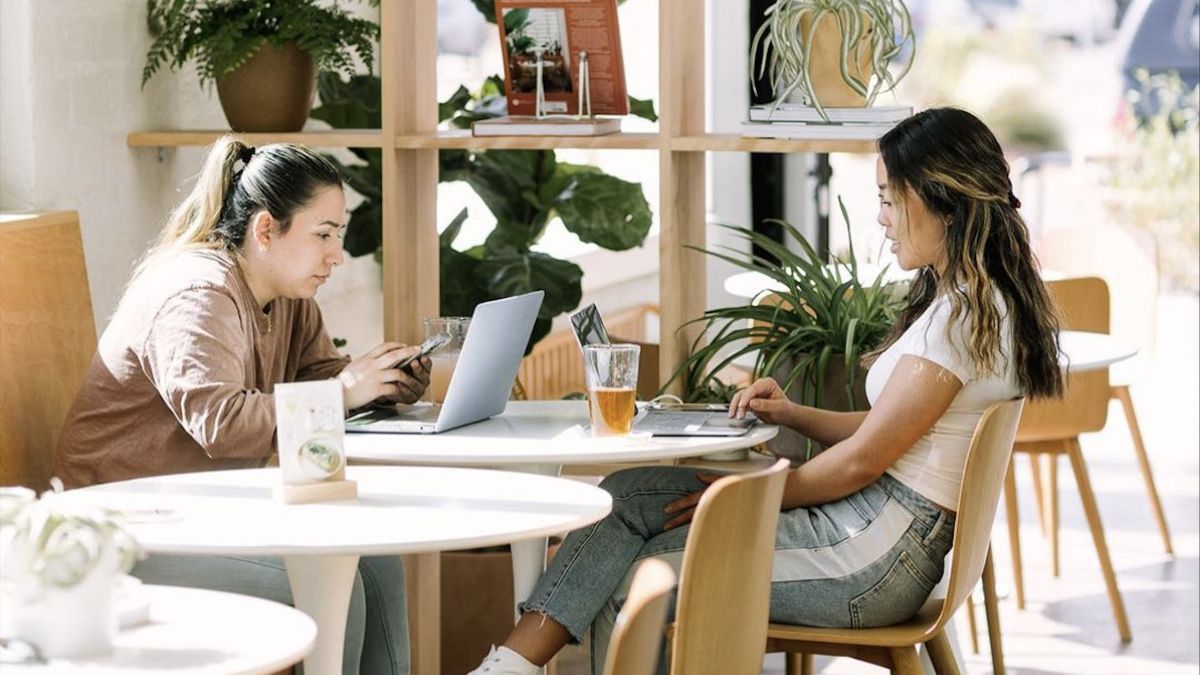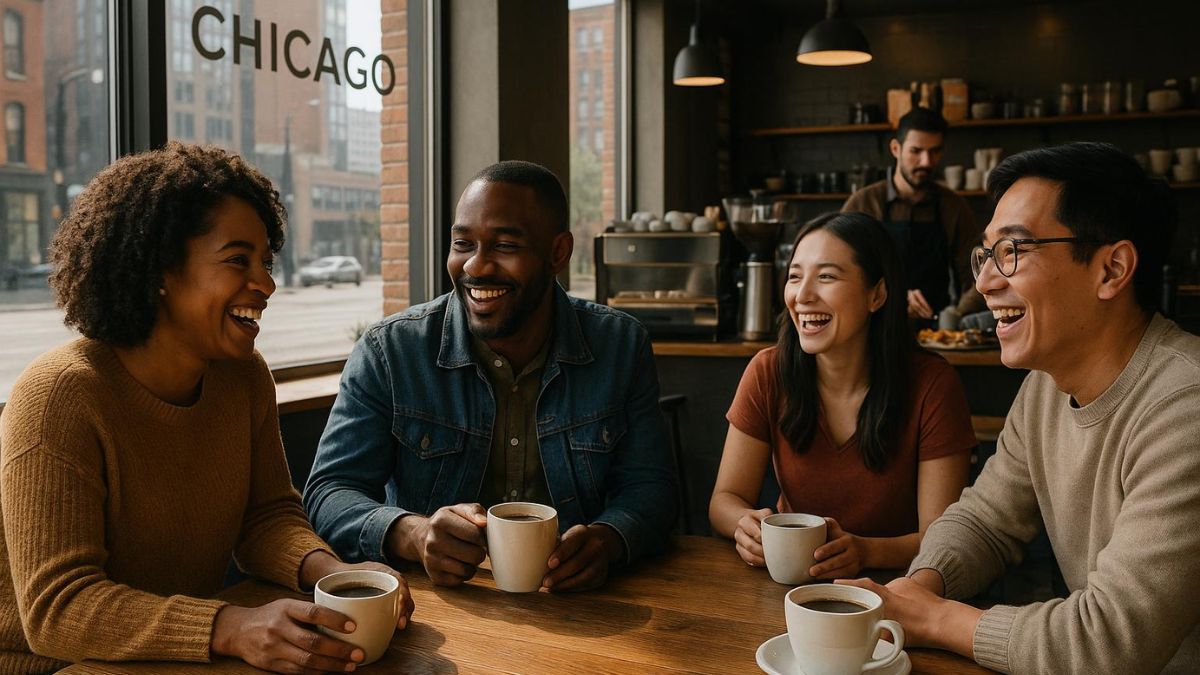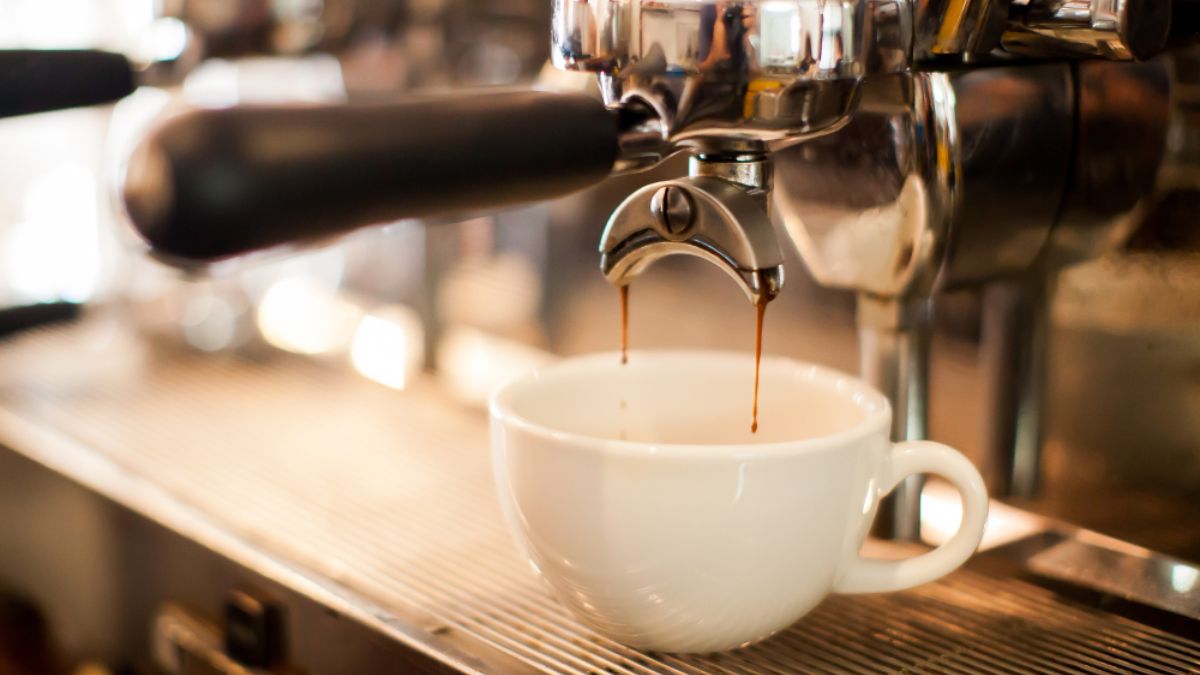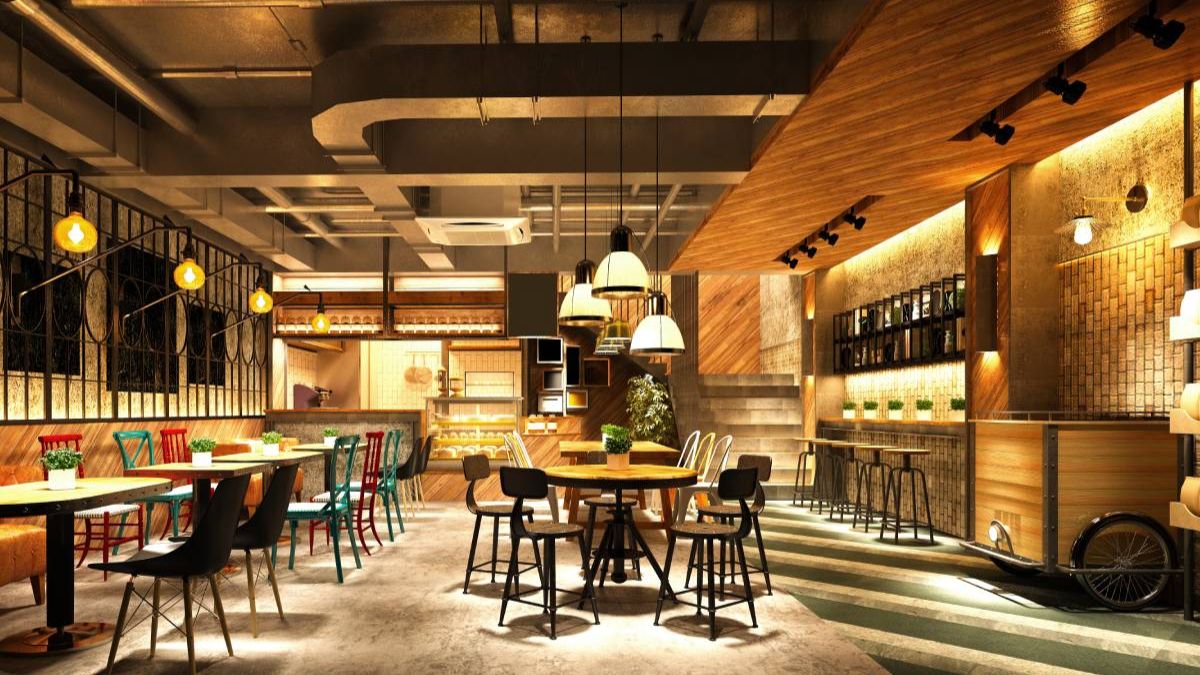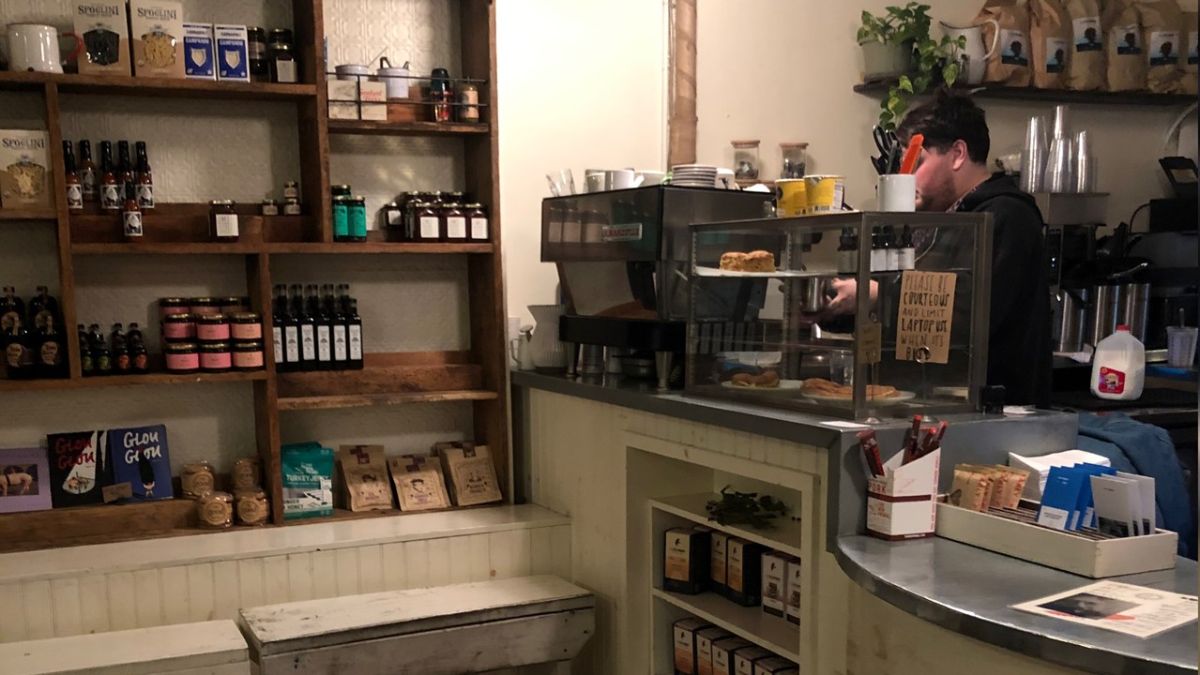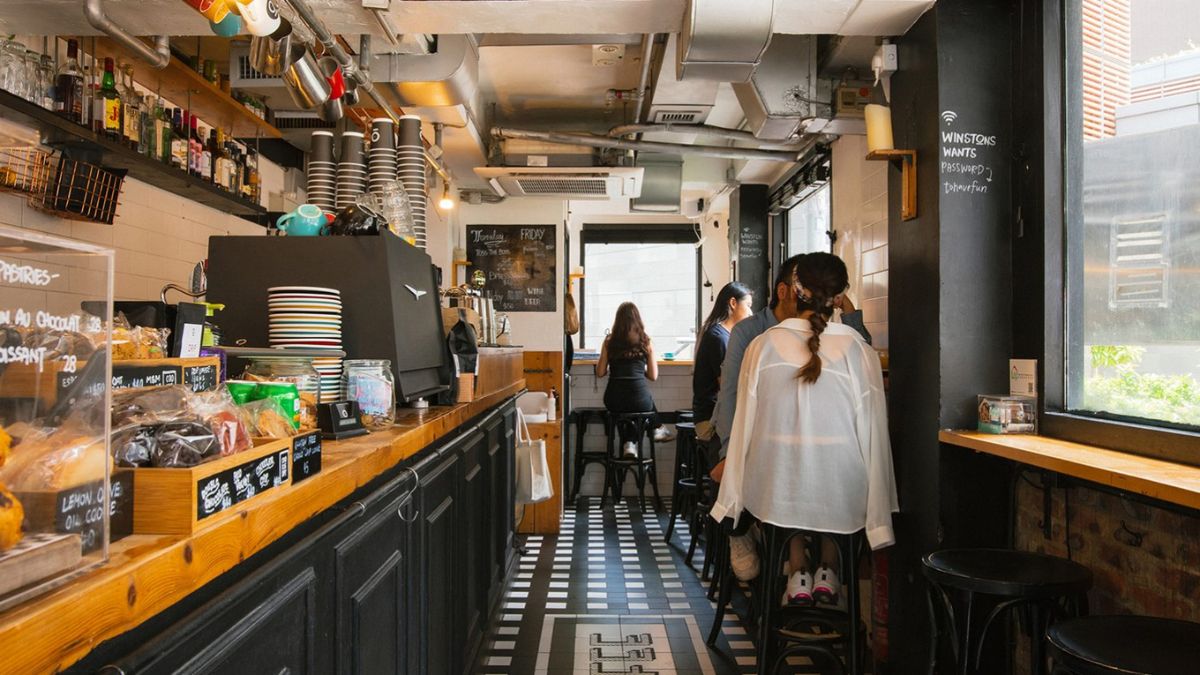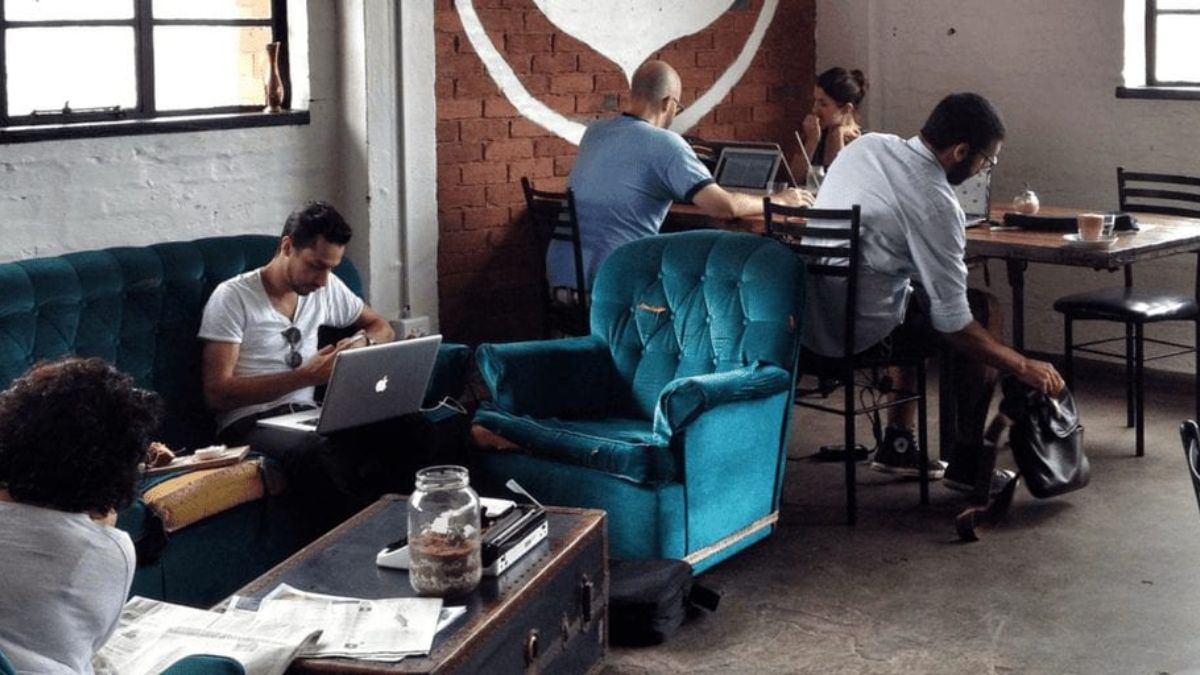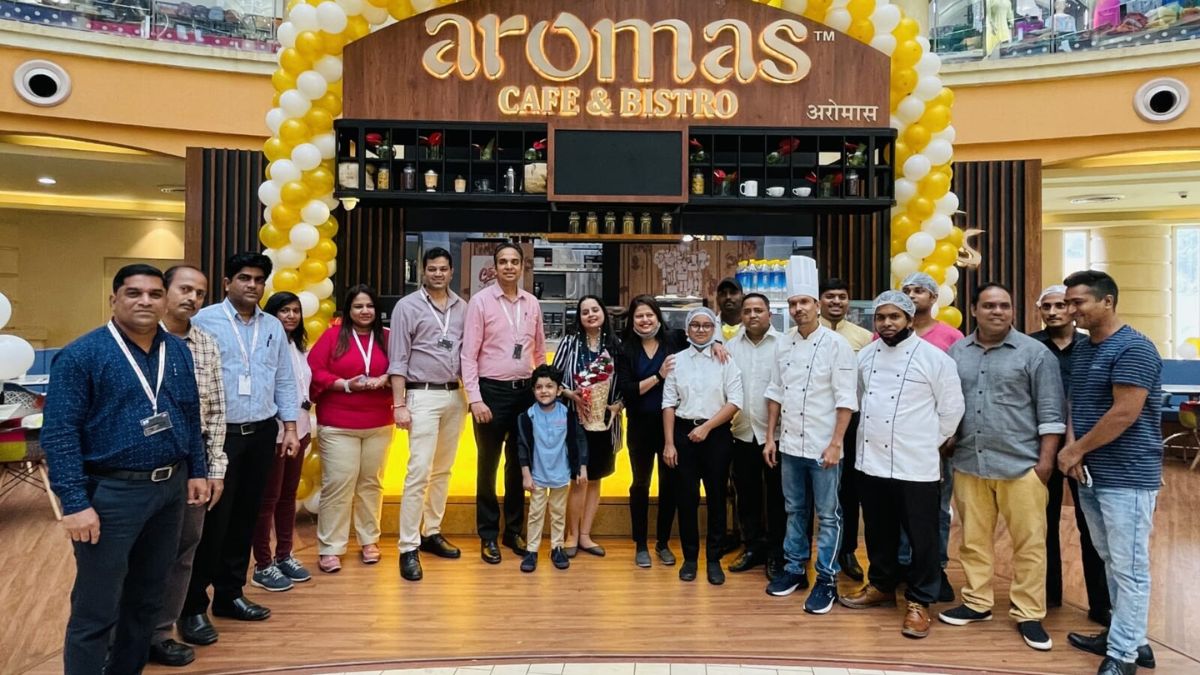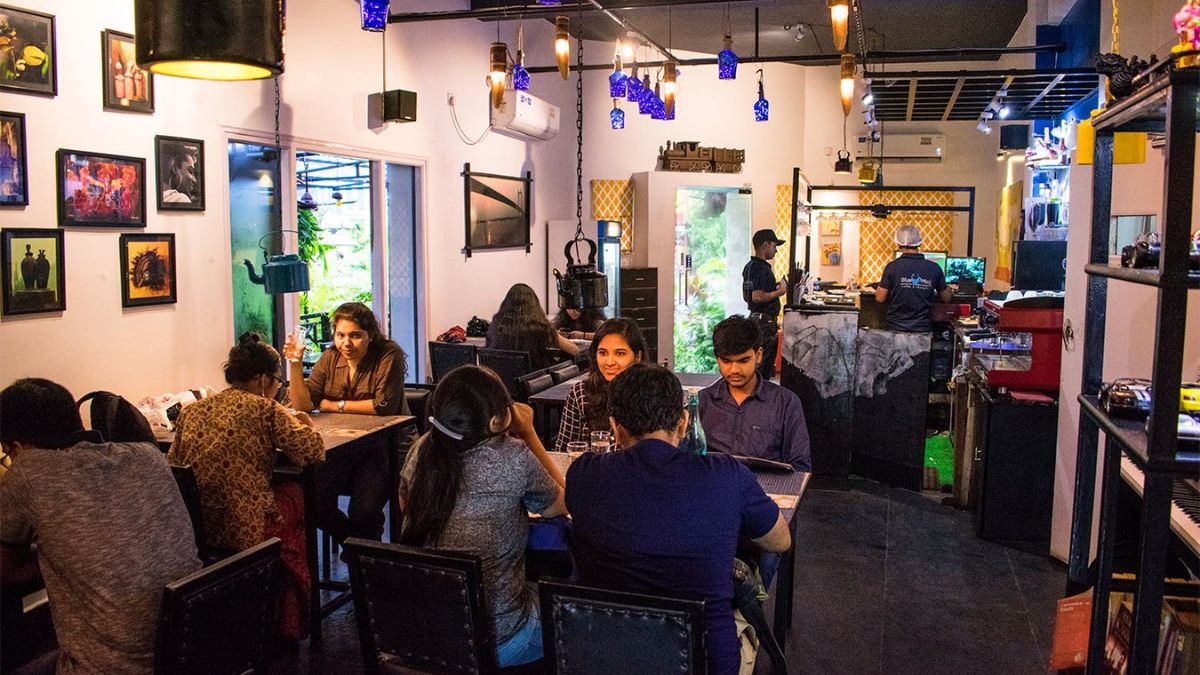Ever wonder why one cup of coffee tastes smooth and nutty, while another is bright and fruity? It all comes down to the beans. Coffee isn’t just “coffee”—it’s a world of different types, regions, and flavor profiles. Knowing the different types of coffee beans can totally change how you enjoy your brew.
So let’s take a simple, sip-worthy journey through the major types of coffee beans and what makes each one unique.
Arabica
Arabica beans are the world’s most popular coffee variety—making up about 60–70% of global production. They’re grown at higher altitudes, often in cooler climates with steady rainfall.
Flavor profile:
Arabica beans are known for their smooth, complex flavor. You might taste hints of chocolate, nuts, fruit, or even floral notes. They’re often described as less bitter and more delicate than other beans.
Best for:
Black coffee, pour-overs, cold brew, or any brew where you want to taste the subtle flavors.
Fun fact:
Arabica beans have less caffeine than other types, which makes them a bit gentler on the system.
Robusta
Robusta is the second most common type of coffee bean and is mostly grown in Africa and Southeast Asia. It’s easier to grow and yields more beans, especially in lower altitudes and harsher climates.
Flavor profile:
Robusta has a strong, bold, and sometimes bitter flavor. It often has earthy or woody notes, with a heavier body and a hint of chocolate.
Best for:
Espresso blends and instant coffee. It’s great for adding crema and caffeine kick.
Fun fact:
Robusta contains about twice the caffeine of Arabica. If you need a serious wake-up cup, this is your bean.
Liberica
Liberica beans are rare and mostly grown in the Philippines, Malaysia, and parts of Indonesia. They’re larger than Arabica or Robusta beans and have a unique shape.
Flavor profile:
Bold, smoky, and a bit woody with floral and fruity undertones. Some people describe it as having a slightly “funky” or unpredictable taste.
Best for:
Adventurous drinkers or those looking to try something totally different.
Fun fact:
Liberica is often used in specialty blends and has a cult following in certain regions.
Excelsa
Excelsa is actually a variety of Liberica, but it’s distinct enough to be considered its own type. It’s mostly grown in Southeast Asia and used to add depth to coffee blends.
Flavor profile:
Tart and fruity with a unique flavor that sits somewhere between light and dark roasts. It adds complexity and brightness.
Best for:
Blending with other beans to add depth, or enjoying on its own for a lighter, tangy experience.
Fun fact:
Excelsa makes up only a tiny percentage of the world’s coffee but offers a flavor that’s totally different from the usual suspects.
Comparison
Here’s a simple table to help you compare all four types:
| Coffee Bean | Flavor Profile | Caffeine | Best Use |
|---|---|---|---|
| Arabica | Smooth, fruity, chocolatey | Medium | Pour-over, black |
| Robusta | Strong, bitter, earthy | High | Espresso, instant |
| Liberica | Smoky, bold, fruity | Medium | Specialty blends |
| Excelsa | Tart, fruity, complex | Medium | Blending, light roasts |
Roast
It’s also worth noting that the roast affects the flavor just as much as the bean type.
- Light roast: Preserves original bean flavor, more acidic
- Medium roast: Balanced flavor, slightly sweet
- Dark roast: Bolder, roasted taste, less caffeine
If you’re really into exploring coffee, try tasting the same bean roasted in different ways—you’ll be surprised how much it changes.
Region
Where the bean is grown also matters. Climate, soil, and altitude all affect flavor.
For example:
- Ethiopian Arabica: bright and fruity
- Colombian Arabica: smooth and nutty
- Vietnamese Robusta: bold and chocolatey
If you see single-origin beans on a café menu, that means the coffee comes from one region, not a blend—so you’ll taste those regional flavors more clearly.
Tasting
Want to really get to know your beans? Do a simple taste test. Brew a few different bean types (or roasts) and try them side by side. Pay attention to:
- Acidity
- Sweetness
- Bitterness
- Aftertaste
- Body (how it feels in your mouth)
Coffee tasting is like wine tasting—it’s personal, and there are no wrong answers. Trust your taste buds.
Trying different coffee beans is a fun, flavorful way to better know what you love in a cup. Whether you’re into smooth Arabica or bold Robusta, there’s a whole world of flavor waiting to be brewed.
FAQs
Which coffee bean is most popular?
Arabica is the most widely used and loved bean.
What bean has the most caffeine?
Robusta has about twice the caffeine of Arabica.
Are Liberica beans easy to find?
No, they’re rare and found mostly in Southeast Asia.
What’s the best bean for espresso?
Robusta adds strong flavor and crema for espresso.
Do roast levels affect flavor?
Yes, light roasts are brighter; dark are bolder.

